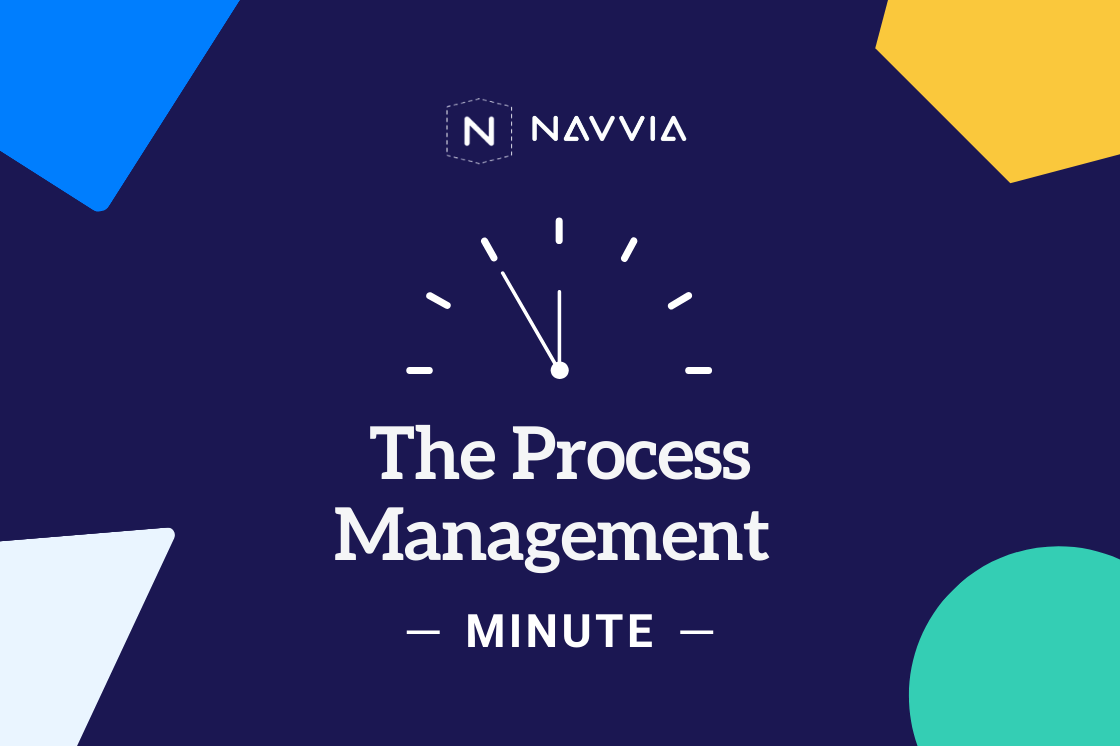The Four Reasons CMDB Initiatives Fail
Every ITSM professional understands the importance of a CMDB in an ITSM program. However, they often overlook the reasons behind the failure of many CMDB initiatives. Let's delve into some of these reasons.
A CMDB is an essential tool for an Information Technology Organization to mitigate change risks and effectively gain insight into their assets.
Ensuring the success of your CMDB initiative requires you to be aware of four potential pitfalls. These include:
1. Over-reliance on a discovery tool
2. Lack of supporting ITSM processes
3. Unrealistic expectations
4. Inadequate Organizational Change Management (OCM)
By delving into these factors, we aim to shed light on the common pitfalls organizations encounter when implementing a CMDB.
What is a CMDB
A configuration management database (CMDB) is a centralized hub that securely houses vital information about an organization's IT environment, encompassing services, hardware, and software assets. The CMDB stores this valuable data as Configuration Items (CIs).
One of the prominent advantages of a CMDB lies in its ability to establish and maintain relationships between CIs. This relationship mapping plays a crucial role in comprehending the impact of altering any specific item. For instance, it helps determine IT services affected by changes to a particular server, router, or other CI.
The primary objective of a CMDB is to function as the ultimate source of truth for all IT configuration and infrastructure information. It is pivotal in tracking changes, enhancing IT service management, and ultimately downtime.
Over-reliance on a discovery tool
A CMDB discovery tool is a crucial component in the success of a CMDB initiative. However, over-reliance on this tool can lead to the failure of the entire project.
Organizations must start by clearly stating their requirements before simply plugging in the discovery tool and capturing all available data.
This approach results in an overwhelming amount of useless or controllable data.
To overcome this challenge, it is essential first to identify the specific needs of the CMDB and define the required data model, including CI classes, CI types, and the attributes you need to manage for each.
Only then should organizations select a discovery tool that aligns with their needs and configure it accordingly.
Lack of supporting ITSM processes
As IT professionals, our passion for technology runs deep. However, it's important to remember that focusing solely on technology, no matter what the vendor promises, rarely results in improved service management.
This tendency to focus on technology is especially true in the case of CMDB initiatives.
Installing a CMDB tool is the easy part. Implementing the supporting ITSM processes is a challenge.
An organization needs to implement the following processes to control and manage the information that goes into the CMDB. Otherwise, the CMDB will quickly become out-of-date and unable to provide the necessary information.
- Configuration Management: This process involves identifying, controlling, and maintaining information about the CMDB's Configuration Items (CIs).
- Change Management: This process ensures that all changes made to CIs are recorded and managed appropriately in the CMDB.
- IT Asset Management: This process manages the complete lifecycle of all IT assets ensuring their accuracy and relevance within the CMDB.
- Service Decomposition: While technically not an ITSM process, time needs to be spent understanding all elements of a business service and mapping those elements to CIs within the CMDB. This exercise is critical as only some things can be auto-discovered.
To derive value from the CDMB initiative, you must ensure that the following processes are well implemented and integrated into the CMDB.
- Incident Management: This process uses the CMDB to identify and resolve incidents as quickly as possible.
- Problem Management: This process uses the CMDB to identify the root causes of problems and to facilitate the resolution of those problems.
- Monitoring & Event Management:
- This process uses the CMDB to identify the Configuration Items (CIs) that are affected by an event and to identity the relationship between these CIs. This information helps determine the event's impact on the IT Infrastructure and associated business services and identify the root cause of the issue.
The implementation and governance of these processes often fall under the Service Management Office's (SMO) responsibility.
The Service Management Office coordinates the continuous activities of managing ITSM services. Examples include Process Design, ITSM Tool Support, Process Governance, and Continual Service Improvement.
In our experience, organizations with an SMO in place have tremendous success with their CMDB initiatives. Learn more about the Service Management Office by reading this article: What is a Service Management Office? Everything you need to know.
Unrealistic expectations
As evident from the abovementioned points, Implementing CMDB is a challenging task.
It is a continuous journey of growth and maturity as IT environments constantly evolve due to changes in technology and business requirements.
The CMDB strategy must adapt accordingly.
Successful organizations take a deliberate approach to CMDB implementation, starting with the most immediate requirements and gradually expanding to cover all aspects of the organization.
At Navvia, we call this approach Design Wide and Implement Narrow. Identify your requirements, design the supporting processes, then focus on mapping your services based on business priority.
By being patient, planning meticulously, and assembling the right team, you can reap the benefits of your Configuration Management System, CMDB, and associated processes even in the early stages.
The success and advantages of these systems will be evident in critical areas like incident management, problem resolution, change management, and release and deployment processes.
Poor Organizational Change Management (OCM)
Organizational Change Management is a critical factor in the success of a CMDB initiative.
Implementing a CMDB requires significant administrative, process, tools, and culture changes. Therefore, proper planning and execution of OCM is necessary for successful implementation.
Organizational Change Management must be a part of the CMDB initiative from the beginning to manage any resistance from the staff. It should define the roles and responsibilities of stakeholders, assign tasks, and establish timelines for project completion.
Effective communication is also essential for managing change. Management must develop communication plans to educate stakeholders on the benefits of the CMDB, its use, and how it will impact their work. This communication helps increase the adoption and acceptance of the CMDB.
OCM should also consider training and support for staff using the new system. Proper training can help staff members understand how to use the CMDB and the supporting processes, increasing overall effectiveness and efficiency.
Effective Organizational Change Management is essential to the success of the CMDB project and for delivering the expected benefits.
Learn more about the Importance of Business Process Change Management.
In conclusion
Establishing a viable and effective Configuration Management System (CMS) and CMDB requires serious commitment and effort. It takes substantial time, effective planning, supporting processors, and effective Organizational Change Management.
Additional information on the CMDB can be found here The CMDB Imperative: How to Realize the Dream and Avoid the Nightmares.
By remaining aware of these potential CMDB pitfalls, organizations can significantly increase the chances of achieving a successful implementation. This success will result in tangible benefits extending throughout the organization, making the investment well worth it.
Originally published Sep 18, 2013 at 14:53 PM, updated Jul 17, 2023.


